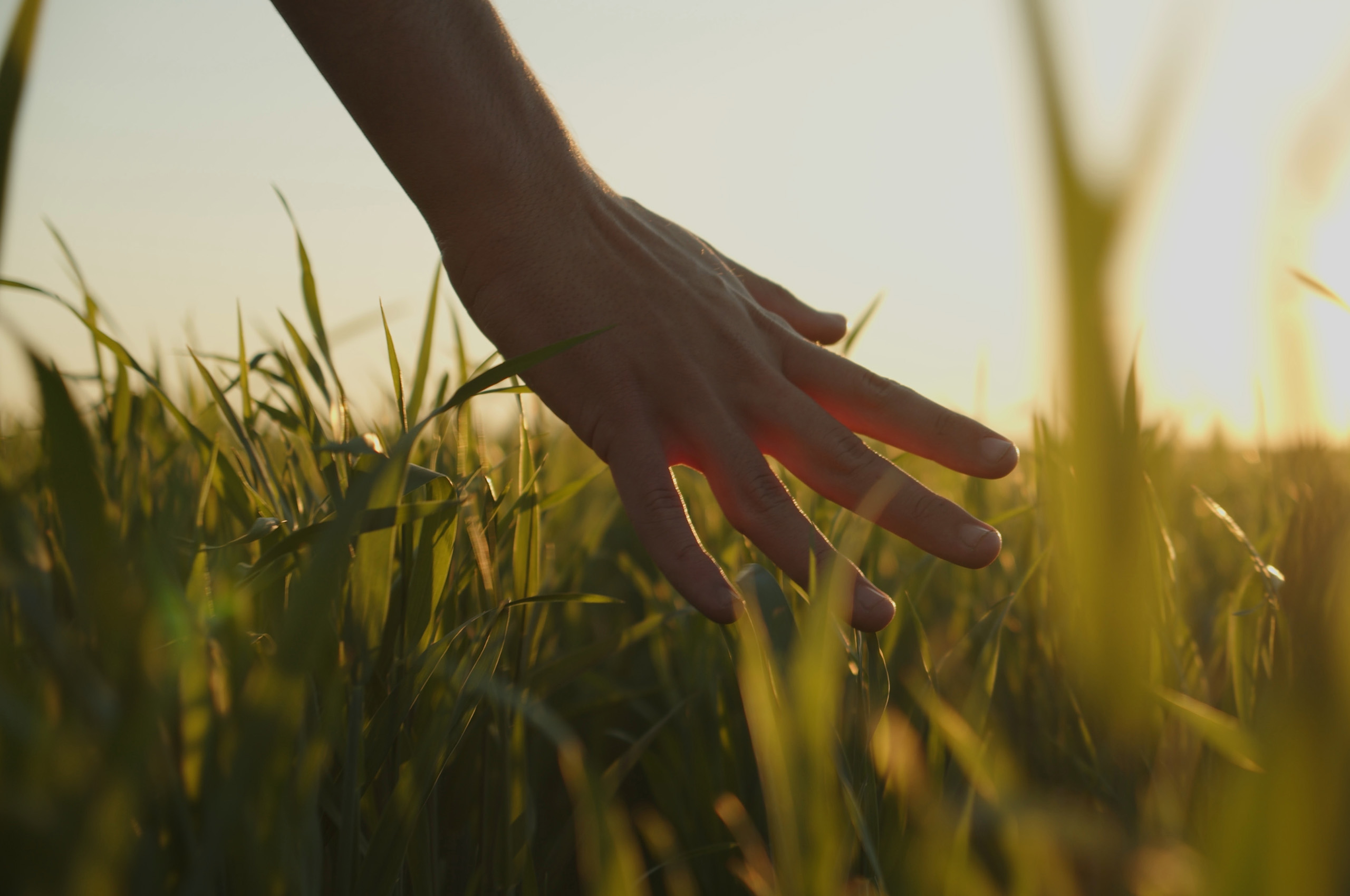Spotlight on neurorehabilitation research

One in four people suffer a stroke in their lifetime. One in two of those who experience stroke will lose their sense of touch.
Occupational therapist and neuroscientist, Professor Leeanne Carey, specialises in the science of recovering touch.
Her research team, co-located at La Trobe University and the Florey Institute of Neuroscience and Mental Health, are specialists in neurorehabilitation. They are helping people who have experienced a stroke to regain lost function of their arms and return to valued activities.
Research focuses on stroke rehabilitation and recovery, including how the brain adapts and how we might harness that potential in rehabilitation. The team are also investigating recovery of movement and the impact of depression, cognition and lifestyle on stroke recovery. Tools such as MRI are used to investigate changes in the brain to better understand recovery and target rehabilitation.
An important focus has been to translate these discoveries into clinical practice and better outcomes for stroke survivors. The team works in partnership with stroke survivors, clinicians, academics, and researchers nationally and internationally to achieve our mission.
Current research projects are supported by the National Health and Medical Research Council.
These include:
In partnership with clinicians, health providers, consumers, researchers, and academics, Carey and her team are increasing access to best practice stroke rehabilitation of the arm to achieve better outcomes for people who experience a stroke. The project involves eight healthcare networks, four specialist therapy centres, over 100 therapists and 300 stroke survivors.
The project will deliver a knowledge translation hub, specialist SENSe therapy centres, and a community of up-skilled therapists embedded in a range of health care settings.
Carey and her team are personalising stroke recovery and rehabilitation through new technologies for people with stroke living at home.
Their approach has three points of innovation, operationalised for persons with stroke living at home.
First is monitoring the person in real time in his/her home environment, using personalised wearable sensors and an application to survey the individual’s experience, to determine biopsychosocial markers of recovery and rehabilitation and to inform personalised needs and capacity.
Second is the provision of bursts of therapy in the community that are personalised, goal-directed for real-world activities, and enhanced to give feedback through new technologies.
Third is a centralised hub with an interactive database informed by artificial intelligence. This hub will be supported by a network of sites and up-skilled therapists to support delivery of personalised best practice therapy, at the right time and right place.
People who have experienced a stroke rate treatment for arm recovery as one of the top ten research priorities. Task-specific training may improve arm and hand function more than usual care after a stroke.
Carey’s team are contributing to a multicentre randomised controlled trial to test whether task-specific training is more effective than usual care.
Task AT Home therapy has advantages over other treatments: it can be done at home, permits increased repetition of tasks through independent practice, and can be done by people whose arm function is mildly or severely affected.
Contact Professor Leeanne Carey to find out more about the studies being conducted by the Neurorehabilitation and Recovery team.
Find out more about SENSe therapy by visiting the team's website.
